Throughout human history, cultures around the world have held sacred sites in high regard as places of awe, spirituality, and mystery. These ancient enclaves, shrouded in centuries of legends and myths, continue to intrigue and captivate our imagination. In this article, we have listed out twelve of the most enigmatic and ancient sacred places on our planet that you can embark on.
1. Stonehenge – Wiltshire, England
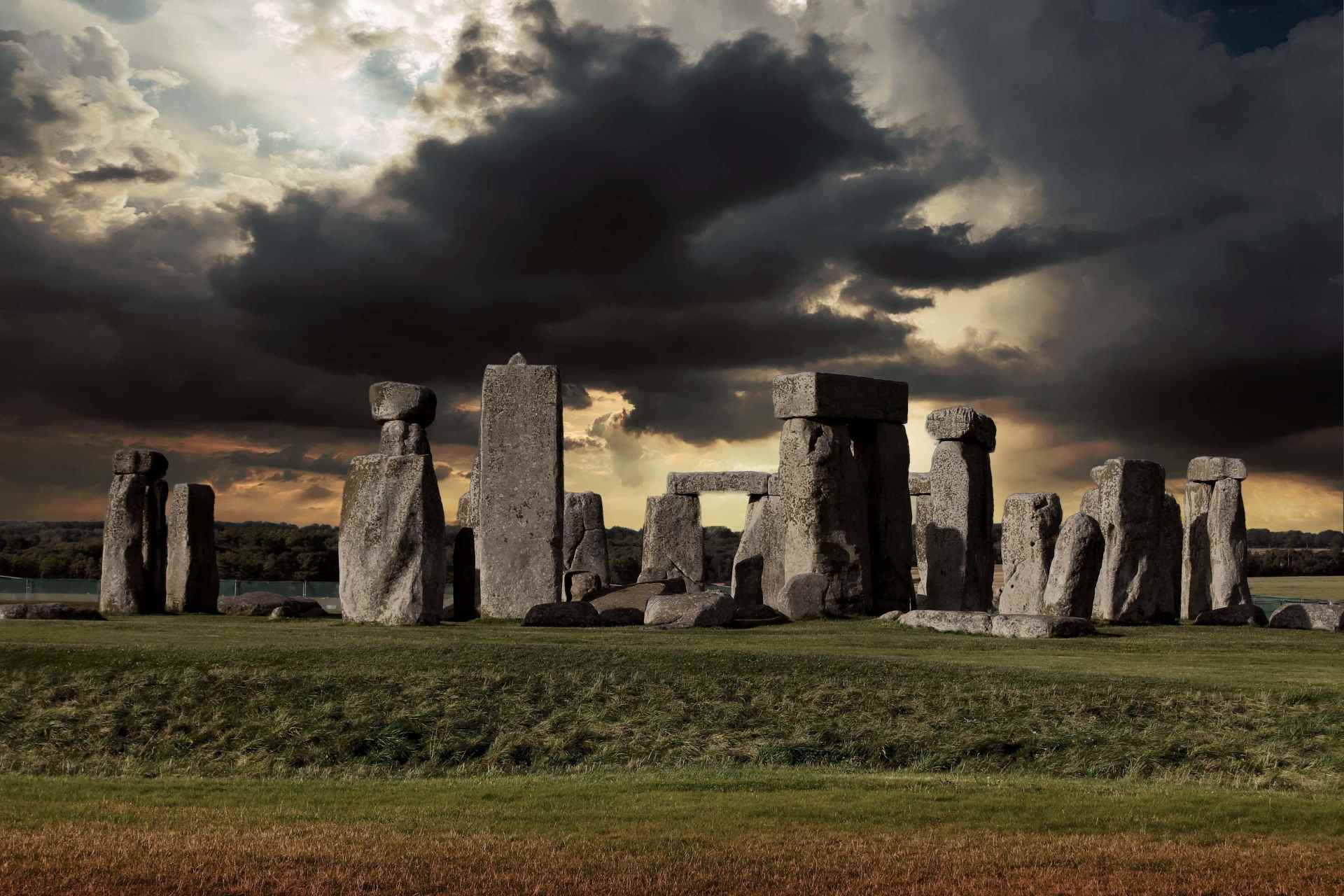
Taking a prominent place on our list is the iconic Stonehenge. A testament to human ingenuity, this Neolithic monument stands as an eternal puzzle. Built between 3000 and 2000 BC, the massive stone formations and astronomical alignments remain a mystery. Was it a celestial observatory, a burial ground, or a ceremonial site? The answers lie lost in a distant past, adding allure to this mesmerizing place.
2. Angkor Wat – Siem Reap, Cambodia
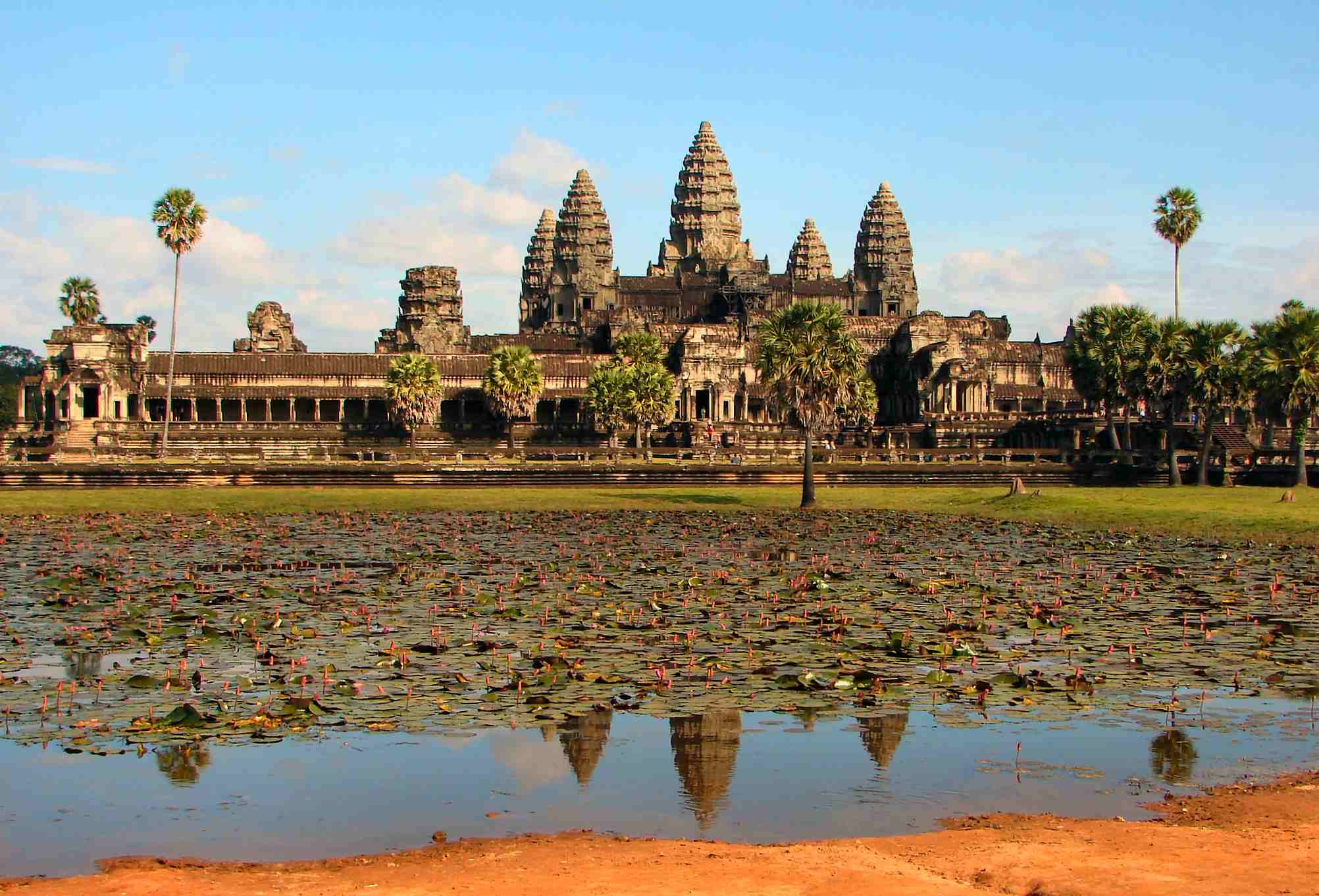
Nestled amidst dense jungles, Angkor Wat is the world’s largest religious monument. This sprawling temple complex, built in the 12th century, astonishes visitors with its meticulous architectural design and intricate carvings. The reasons for its construction, its original purpose, and the sudden abandonment of this once-thriving city remains an enigma, making it a mystical hotspot for explorers and historians alike.
3. The Great Pyramids – Egypt
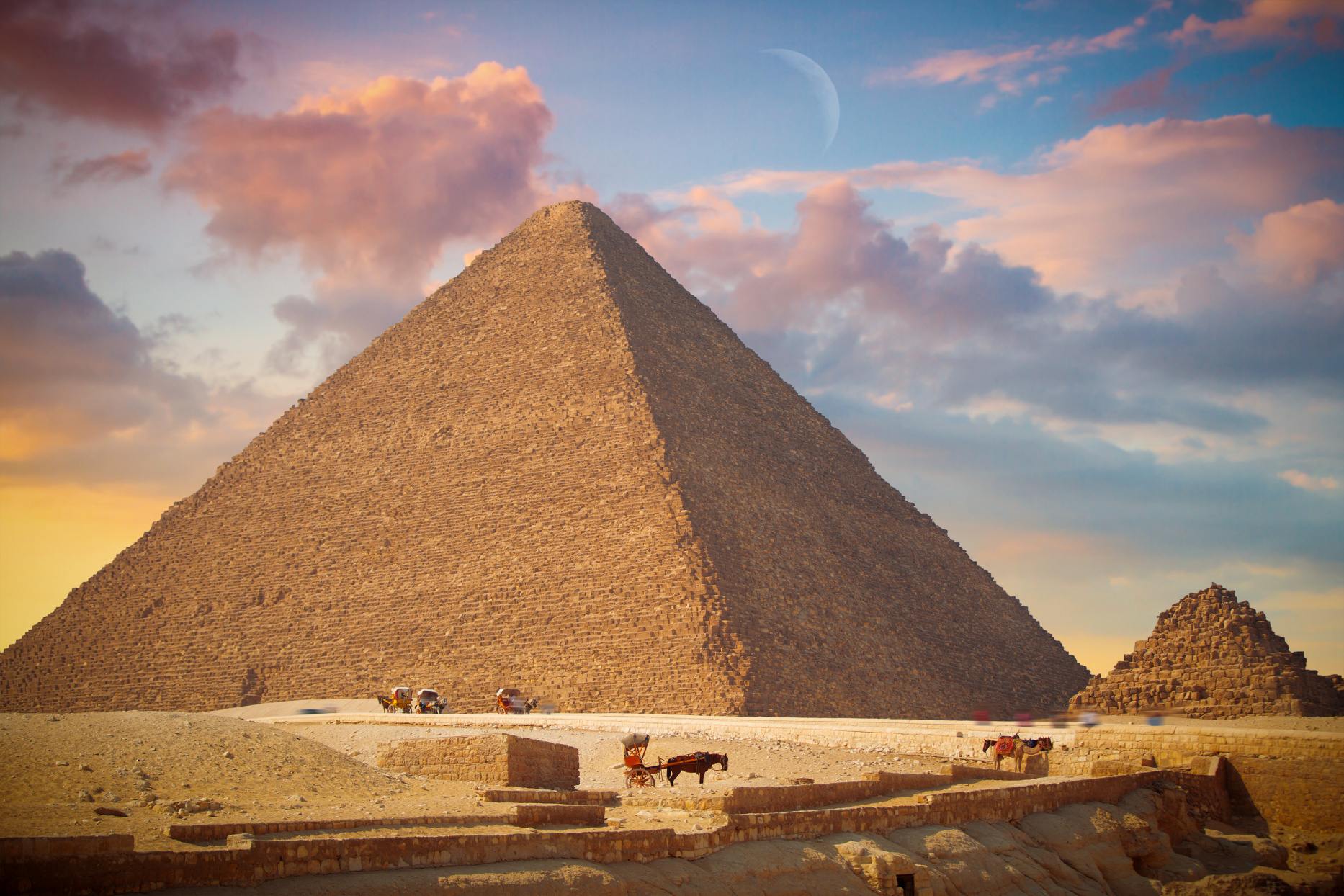
The Great Pyramids of Giza, located on the outskirts of Cairo, Egypt, are awe-inspiring structures dating back to ancient times. Constructed over 4,000 years ago, these monumental pyramids continue to intrigue scholars and historians due to the mysterious techniques employed to build them. Made of limestone and granite, the pyramids were supposedly erected as tombs for the pharaohs, but there is no concrete evidence to support this theory. Despite the passing centuries, the Great Pyramids of Giza stand as enduring symbols of Egypt’s rich history and the engineering prowess of its ancient civilization.
4. Teotihuacan – Mexico
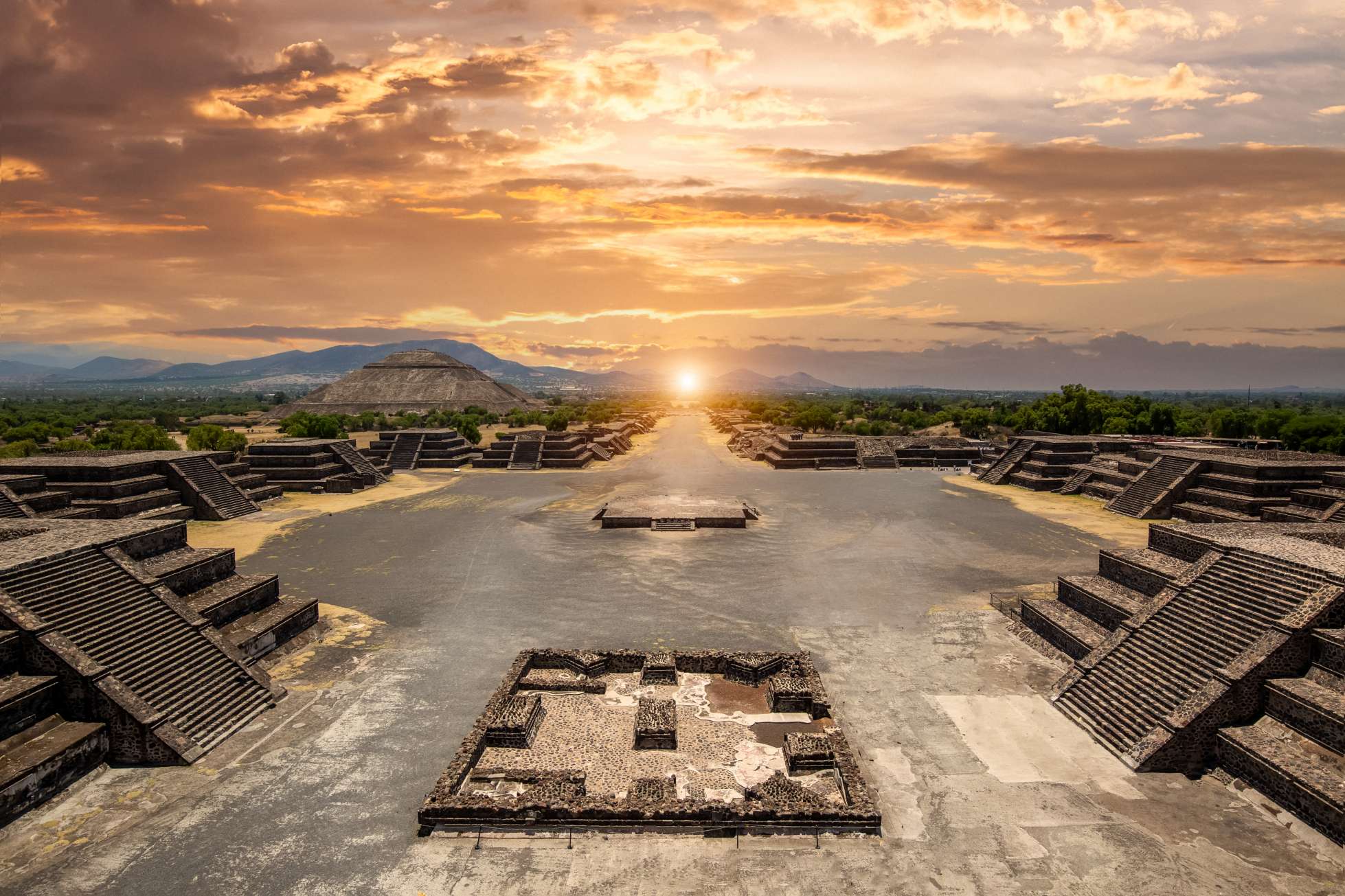
Imposing and enigmatic, Teotihuacan reigns as one of the most influential ancient Mesoamerican cities. The meaning of its name, “the place where the gods were created,” aptly captures its mystique. Wander through the Avenue of the Dead, marvel at the Pyramid of the Sun and the Pyramid of the Moon, and ponder the civilization that mysteriously vanished, leaving only tantalizing clues about its purpose and demise.
5. Göbekli Tepe – Turkey
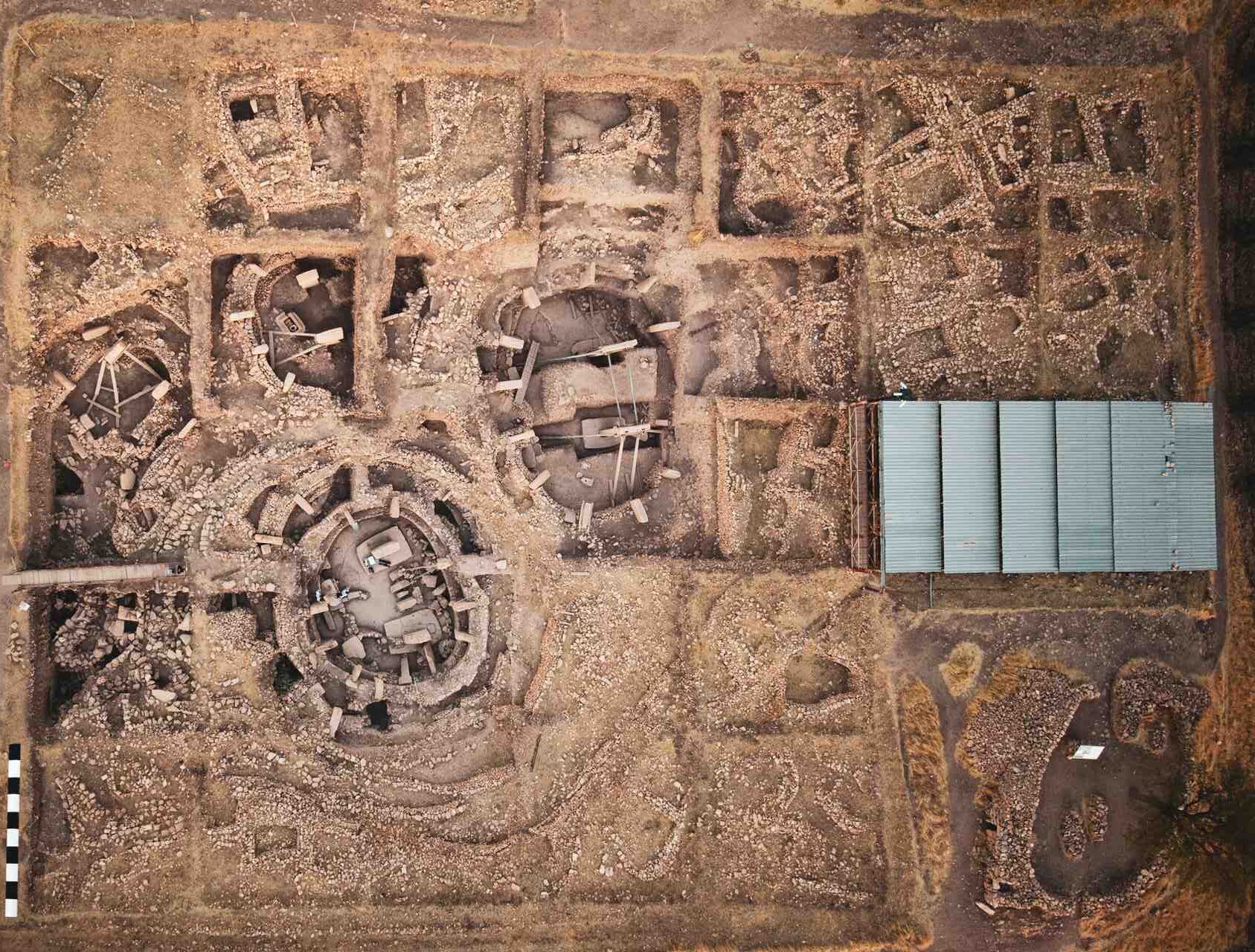
Hidden beneath the surface for over 12,000 years, Göbekli Tepe is rewriting the history of human civilization. This Neolithic site, predating Stonehenge and the Egyptian pyramids, was not a mere village but an advanced ceremonial complex. Intricately carved pillars depicting animals hint at a deep spiritual significance, showcasing the complex beliefs and rituals of our early ancestors.
Astonishingly, a number of researchers have claimed Göbekli Tepe to be the world’s oldest astronomical observatory. There are two major claims that those who think Göbekli Tepe had celestial connections point to. One suggests that the site was aligned with the night sky, particularly the star Sirius, because the local people worshiped the star like other cultures in the region did thousands of years later. Another claims that carvings at Göbekli Tepe record a comet impact that hit Earth at the end of the Ice Age.
6. Easter Island – Chile
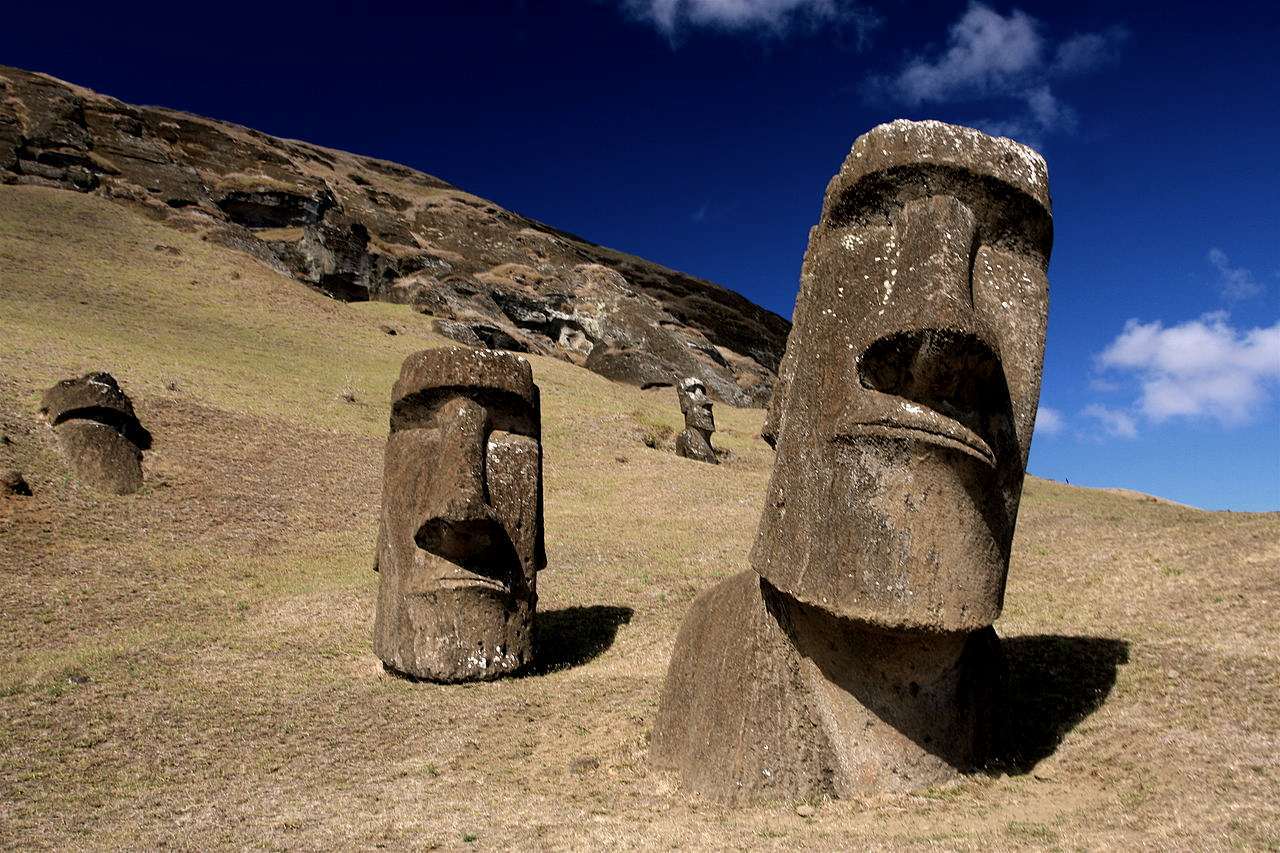
Thousands of miles from mainland Chile rests the remote and enigmatic Easter Island. Its iconic moai statues stand as silent sentinels guarding secrets of a mysterious civilization. How these colossal stone sculptures were carved, transported, and placed across the island remains an enduring puzzle. Uncover the stories etched into these statues and marvel at the island’s haunting beauty while contemplating the rise and fall of the Rapa Nui civilization.
7. Machu Picchu – Peru
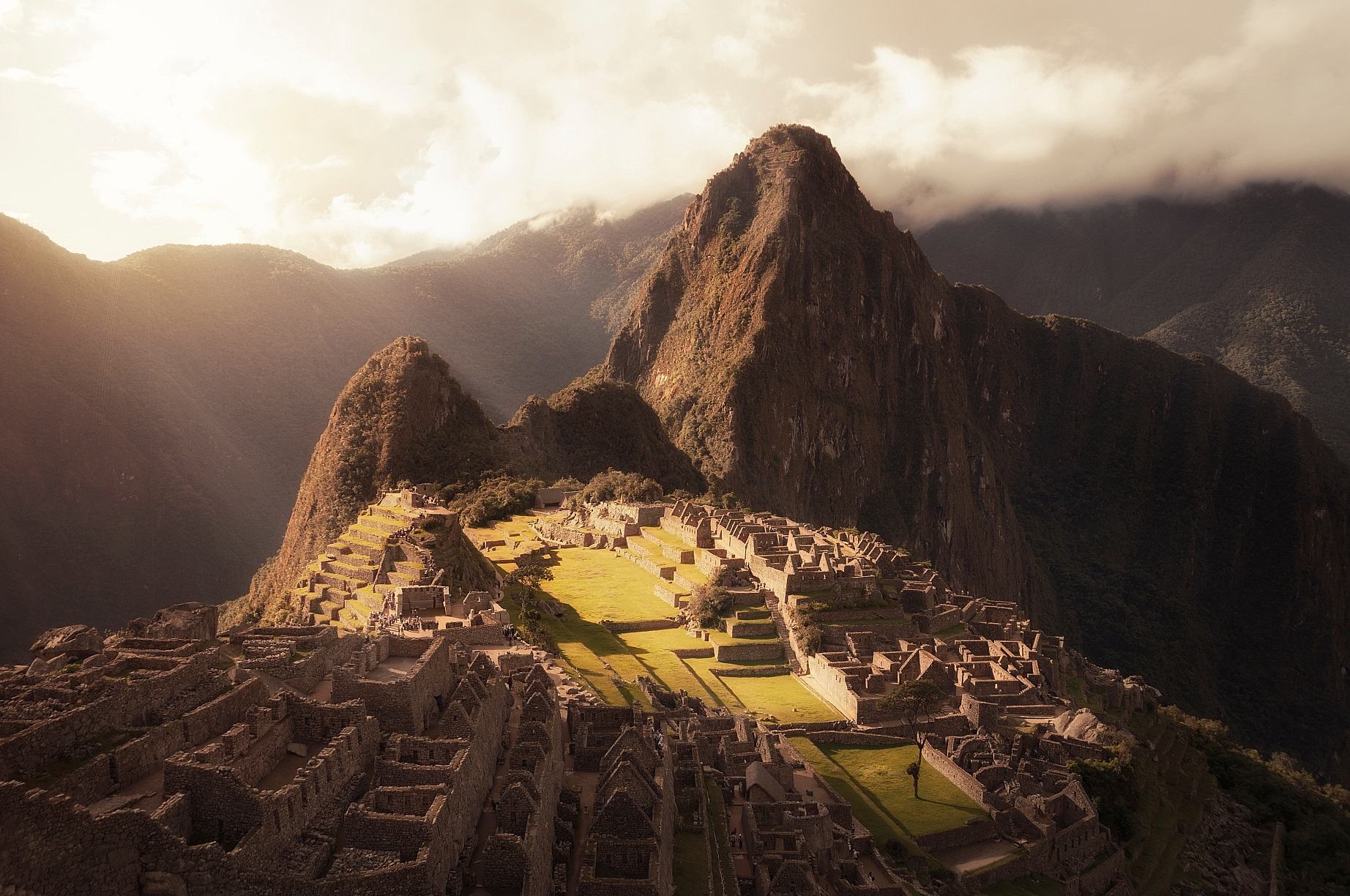
High in the Peruvian Andes, the ancient Incan city of Machu Picchu stands as a testament to human ingenuity and cultural legacy. Nestled amidst breathtaking mountain ranges, this remarkably preserved site astonishes visitors with its extraordinary stone structures and breathtaking views. The purpose behind its construction and the reasons for its sudden abandonment remain shrouded in mystery, leaving us in awe of its past splendor.
8. Chichen Itza – Mexico
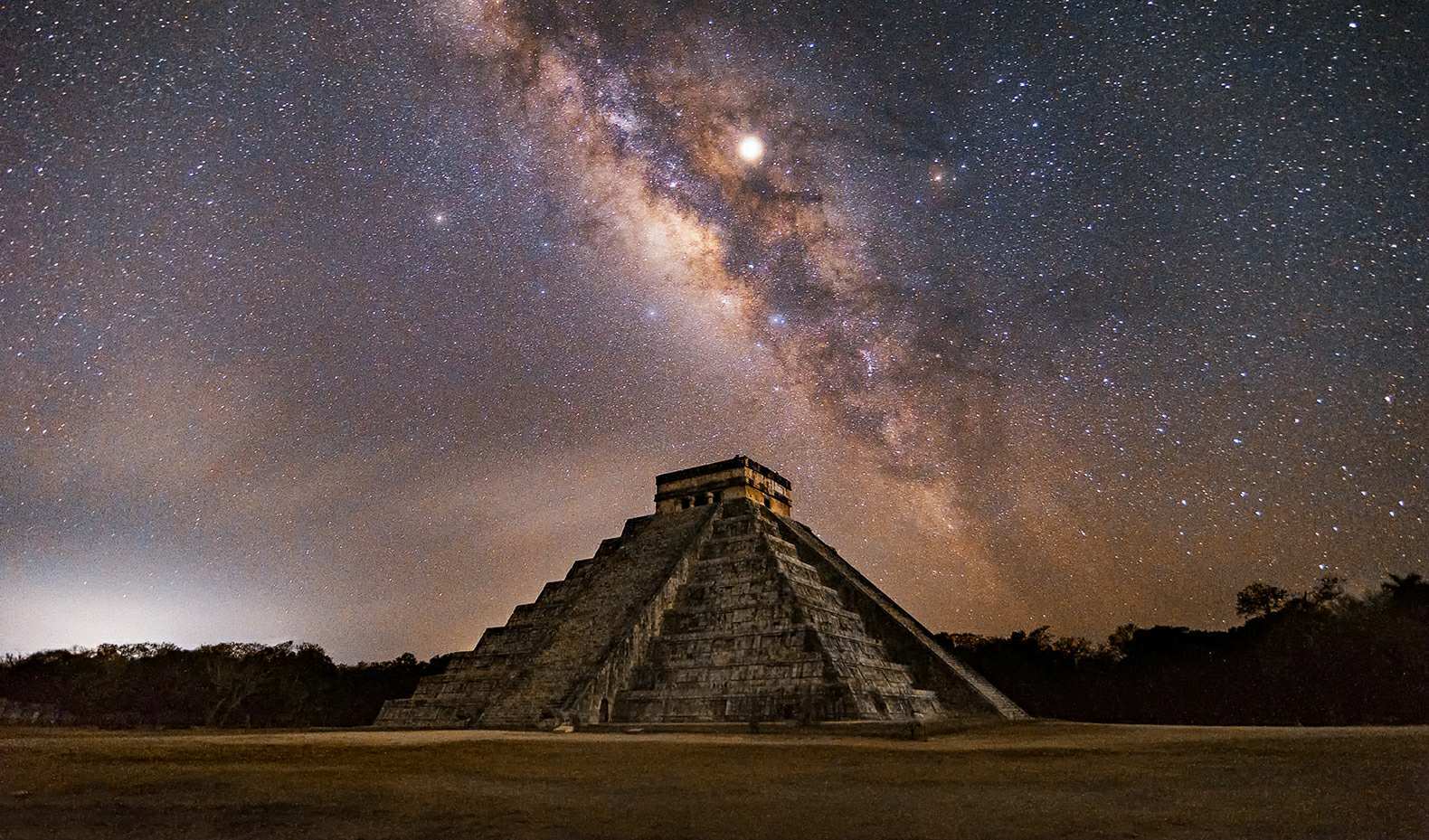
Chichen Itza, located in Mexico, is an awe-inspiring Mayan city renowned for its remarkable pyramid temple, El Castillo. The temple’s pyramid shape and intricate design have fascinated researchers due to its symbolic and scientific construction. The enigmatic precision and advanced engineering techniques employed in its creation remain a mystery, adding to the allure of this ancient wonder. Chichen Itza stands as a testament to the architectural achievements of the Mayan civilization and is a must-visit destination for those seeking a glimpse into the mysteries of the past.
9. Petra – Jordan
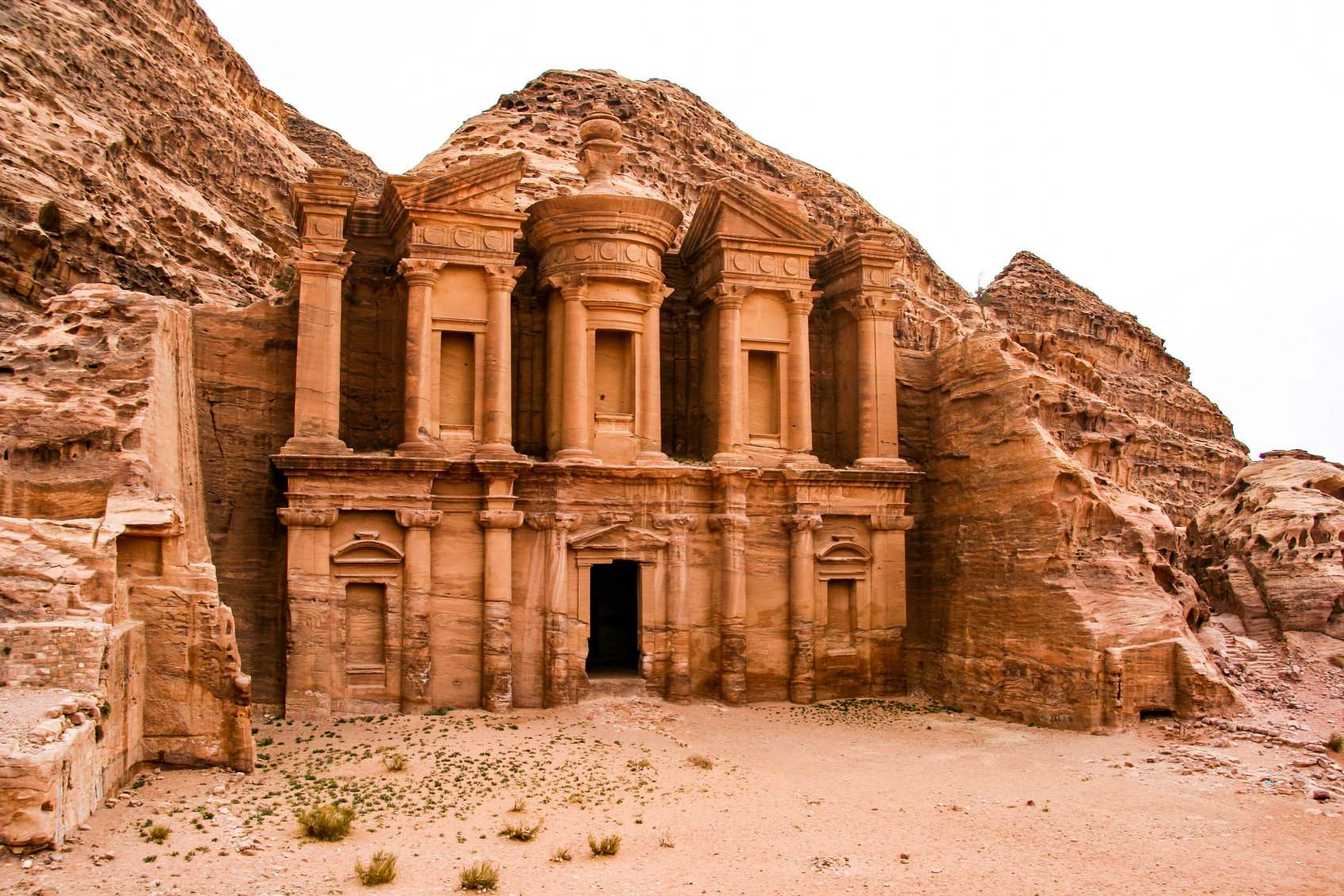
Located in modern-day Jordan, Petra is an ancient city that was carved directly into the rock face by the Nabateans. This remarkable site, a UNESCO World Heritage Site since 1985, captivates visitors with its unique architecture and impressive hydraulic system. The intricate network of channels, dams, and cisterns diverted and stored water, enabling the city’s survival in the arid desert. The construction techniques and strategic planning employed by the Nabateans in creating this breathtaking city still fascinate archaeologists, eliciting valuable insights into their advanced civilization.
10. The Nazca Lines – Peru
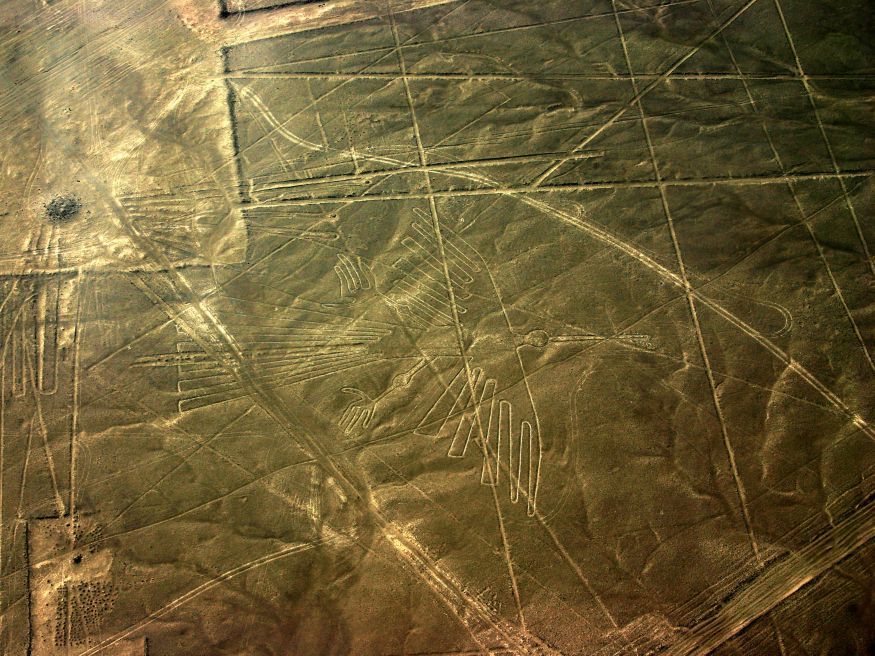
The Nazca Lines are fascinating ancient geoglyphs found in Peru, etched into the desert floor. These enormous drawings depict animals, plants, and geometric shapes, spread across an arid landscape. Created by the ancient Nazca civilization between 500 BCE and 500 CE, their purpose remains unknown to this day. The lines are so vast that they can only be fully appreciated from the air, leading to theories that they served as pathways for religious processions or ceremonial sites. Whether for mystical, astronomical, or symbolic reasons, the Nazca Lines continue to captivate archaeologists, anthropologists, and curious travelers alike.
11. The Oracle of Delphi – Greece
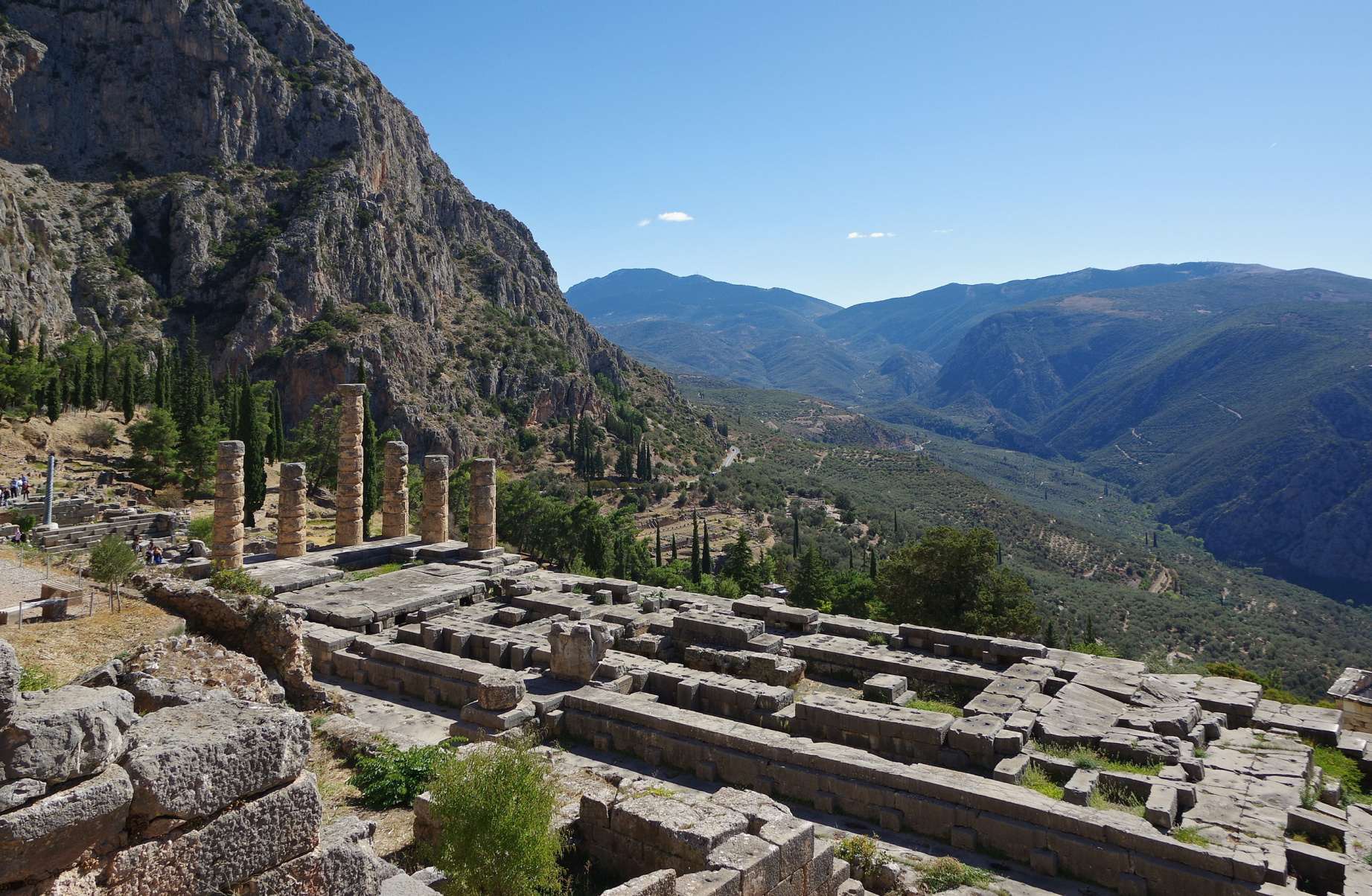
The Oracle of Delphi in Greece was a revered religious site dedicated to the god Apollo. The Oracle, a priestess named the Pythia, would enter a trance to communicate prophecies from Apollo. People including kings, leaders, and ordinary individuals from all over sought the Oracle’s guidance on important decisions. The prophecies were cryptic, requiring interpretation. The site included the Temple of Apollo, treasuries, a theater, and an athletic stadium. Despite its destruction during the Roman Empire’s conversion to Christianity, the Oracle’s influence in Greek mythology and history endures.
12. The Aramu Muru Gateway – Peru
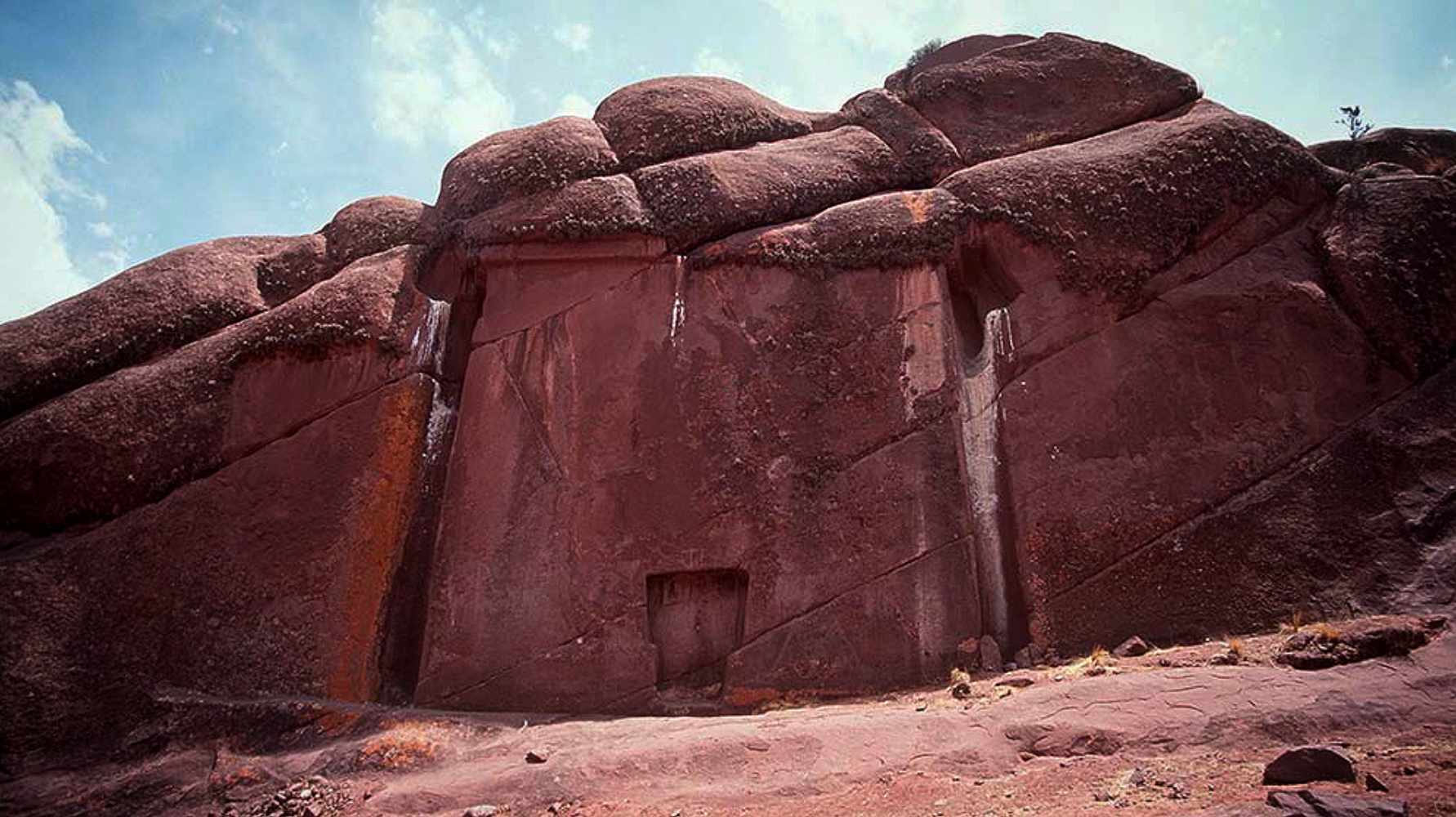
About 35 kilometers from the city of Puno, near the municipality of Juli, capital of the Chucuito province, not far from Lake Titicaca, in Peru, there is a carved stone portico seven meters wide by seven meters high – the Aramu Muru Gate. Also know as the Hayu Marca, the gate apparently leads nowhere.
According to legend, some 450 years ago, a priest of the Inca Empire, hid in the mountains to protect a gold disk – created by the gods to heal the sick and initiate the amautas, the wise guardians of tradition – from the Spanish conquerors. The priest knew the mysterious door located in the middle of the mountain. Thanks to his great knowledge, he carried the golden disk with him and passed through it and was able to enter other dimensions, from where he never returned.




